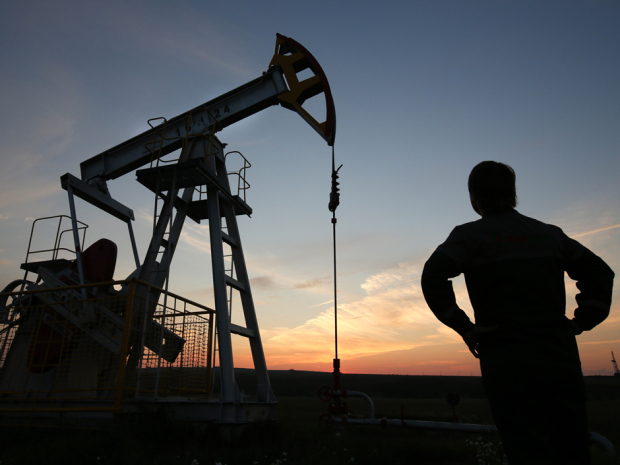Three months ago, the head of Schlumberger Ltd. thought the industry had seen the worst of the U.S. oil rout. Not anymore.
Chief Executive Officer Paal Kibsgaard said in July that a recovery might begin by the end of the year. Now it looks like it will be 2017 before a recovery kicks in, Kibsgaard said in a conference call with analysts Friday after Schlumberger reported a 49 per cent drop in third-quarter profit.
“The market is underestimating how long this period is going to take,” Kibsgaard said on the call. “Just the fact that the industry is looking to again reduce investments when we have this significant pending supply impact coming, shows we have an increasing challenge.”
To cope with the extended drop in business, the CEO said Schlumberger will be making further cuts to its operations, including more reductions to headcount. It’s “too soon to say at this stage” how many more jobs will be lost, spokesman Joao Felix said in an e-mail. The company will take a restructuring charge in the fourth quarter, Kibsgaard said.
The world’s largest oilfield services provider reported Thursday that profit fell to US$989 million, or 78 cents a share, from US$1.95 billion in the year-ago quarter. The earnings beat by 1 cent the average of 37 analysts’ estimates compiled by Bloomberg.
Deep Hole
Even though Schlumberger sees supplies falling and demand slowly growing, it will take longer for the industry to dig itself out of its hole even after oil prices improve, Kibsgaard said. The continuing decline in oilfield development will be enough to drive some financially weakened oil service companies to seek bankruptcy protection in the coming year, he said.
“There is a delay, I believe, between an improvement in oil prices and the decision to increase budgets, and there’s going to be a further delay between increasing budgets and realizing that into higher oilfield activity.” Kibsgaard said. “And then there’s going to be a delay in-between higher oilfield activity and higher production.”
The energy industry has had to slash more than 200,000 jobs and US$100 billion in spending this year to cope with falling oil prices. Schlumberger, which has whittled its workforce by more than 20,000, may have to make more cuts if the pain continues, Kibsgaard said.
Bottom Uncallable
As tough as the third quarter was, Kibsgaard expects it to get tougher, with the fourth quarter worse than the third, and the first quarter worse than the fourth. There are still too many uncertainties to be sure when the bottom of the downturn will arrive, he said.
The company, which generates most of its sales outside the U.S. and Canada, said its international profit margin slipped to 23.7 per cent in the quarter, from 24.5 per cent a year earlier. It’s a sign that the slump hurting North America is spreading around the world as customers push for lower service prices.
“We’re getting to the point where things haven’t recovered as we expected,” said Rob Desai, an analyst at Edward Jones in St. Louis, who rates the shares a buy and owns none. “They’ve gotten worse.”
Industry Bellwether
Schlumberger is the first of the major energy companies to report what are widely expected to be dismal third quarter results. After crude prices fell by more than half since June 2014, the downturn is shaping up to be the most severe in decades, Kibsgaard said.
Prices for West Texas Intermediate, the U.S. benchmark crude, rose Friday 0.9 per cent to US$46.78 a barrel at 10:02 a.m. in New York, headed for a weekly decline of more than 5 per cent. Crude dropped after a government report that U.S. stockpiles had seen their biggest increase in six months, bolstering speculation a global surplus will persist.
Oil is in the most severe downturn in decades and the worst is not over, energy giant warns
























Laissez un commentaire Votre adresse courriel ne sera pas publiée.
Veuillez vous connecter afin de laisser un commentaire.
Aucun commentaire trouvé